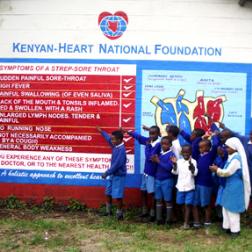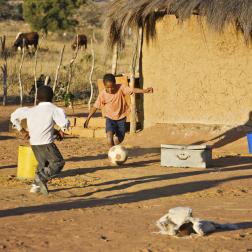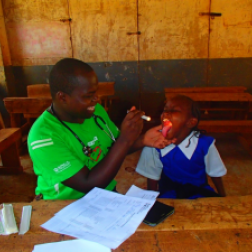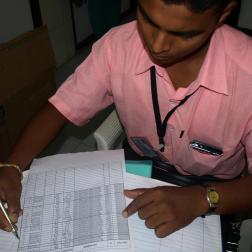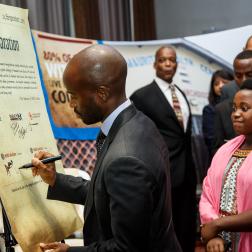- International
- English
- Communities
A proposed methodology for engagement, informed consent, and governance for conducting genetic research with Indigenous communities: An Australian example
Clancy Read*1, Dawn Bessarab2, Maui Hudson3, Heather D'Antoine4, Ngiare Brown5, Joanne Garngulkpuy6, Elaine Maypilama4, Lorna Murakami-Gold7, Alex Brown8, Melita McKinnon9
1Telethon Kids Institute, University of Western Australia, 2University of Western Australia, Perth, Australia, 3Te Kotahi Research Institute, University of Waikato, Hamilton, New Zealand, 4Menzies School of Health Research, Darwin, 5National Aboriginal Community Controlled Health Organisation, Canberra, 6Yalu Marnithinyaraw, Galiwin'ku, 7Australian Centre for Indigenous Knowledge and Education, Charles Darwin University, Alice Springs, 8South Australian Health and Medical Research Institute, Adelaide, 9Menzies School of Health Research, Charles Darwin University, Darwin, Australia
Introduction:
Rheumatic heart disease (RHD) is highly prevalent in Aboriginal people in Australia. Despite decades of research, the underlying genetic mechanisms for why RHD occurs are not well understood. This genetic study was conducted to better understand why some people are susceptible to RHD and others are not. Past controversy in Indigenous genetic research has raised ethical concerns about the collection, use and storage of genetic samples. An appropriately designed methodology with a focus on cultural and ethical processes for gaining informed consent for the collection and treatment of samples was therefore vital to guide the study.
Objectives:
This study; investigating the genetic association of RHD in Aboriginal communities in the Northern Territory of Australia sought to establish a range of consultative, culturally aligned and community guided mechanisms to support and ensure a robust and ethically sound approach to genetic research took place with participating Aboriginal communities
Methods:
Before individuals were approached for samples, an extensive period of Aboriginal governance, community engagement and qualitative inquiry formed stage 1 of the study. Indigenous methodology was employed to conduct five focus groups with communities, called ‘yarning circles’. Genetic and health literacy material was produced, informed by communities, to ensure consent for the collection, use and storage of samples was well informed and understood. A protocol for the long-term governance of samples was established.
Results:
This study demonstrates how preliminary efforts to address issues of relationship building and engagement assisted in developing community members’ genetic literacy and ensured that members understood what they were consenting to when giving permission to informed consent in the context of genetic research. This was critical to clarifying researchers’ responsibilities and obligations in relation to the future use of stored data and genetic samples for other research projects, and will more likely result in benefit sharing between community members and researchers.
Conclusion:
This study demonstrates that such sensitive research can be ethically and successfully conducted. It can inform a pathway for ongoing research in this field and contribute to the formation of guidelines for the conduct of genetic research with Aboriginal communities.
Disclosure of Interest:
None Declared
*This poster was presented at the World Congress of Cardiology and Cardiovascular Health, Mexico City, 2016
View Poster
